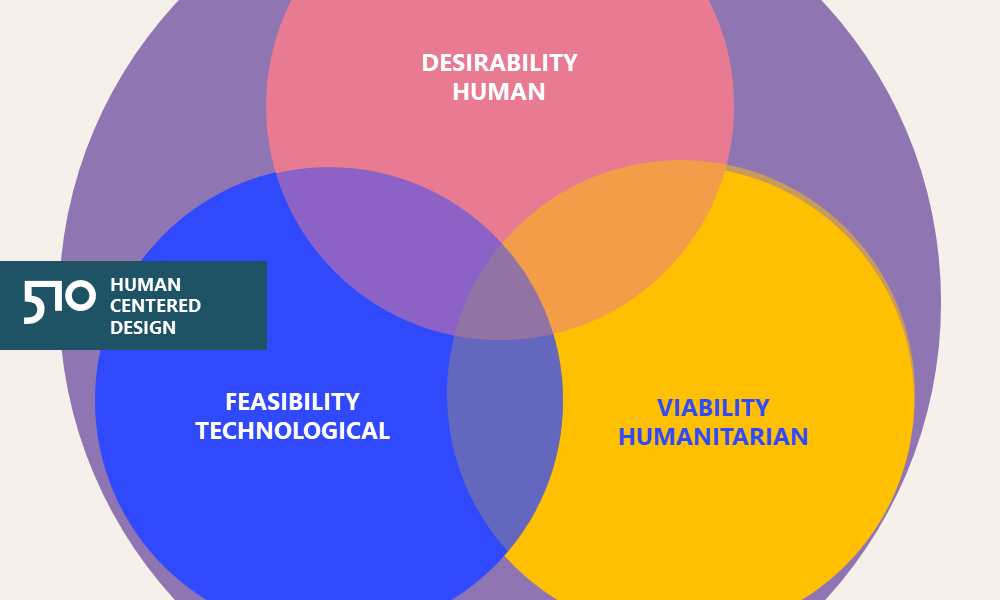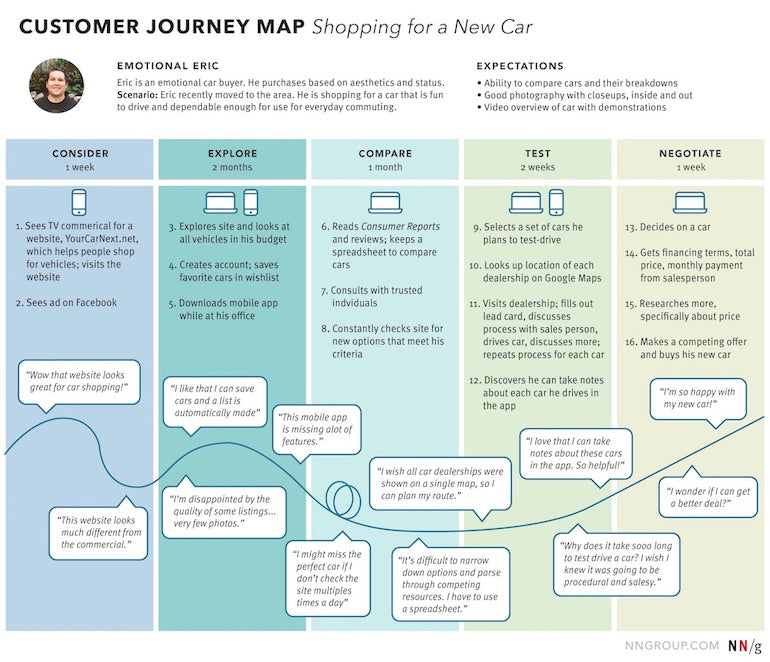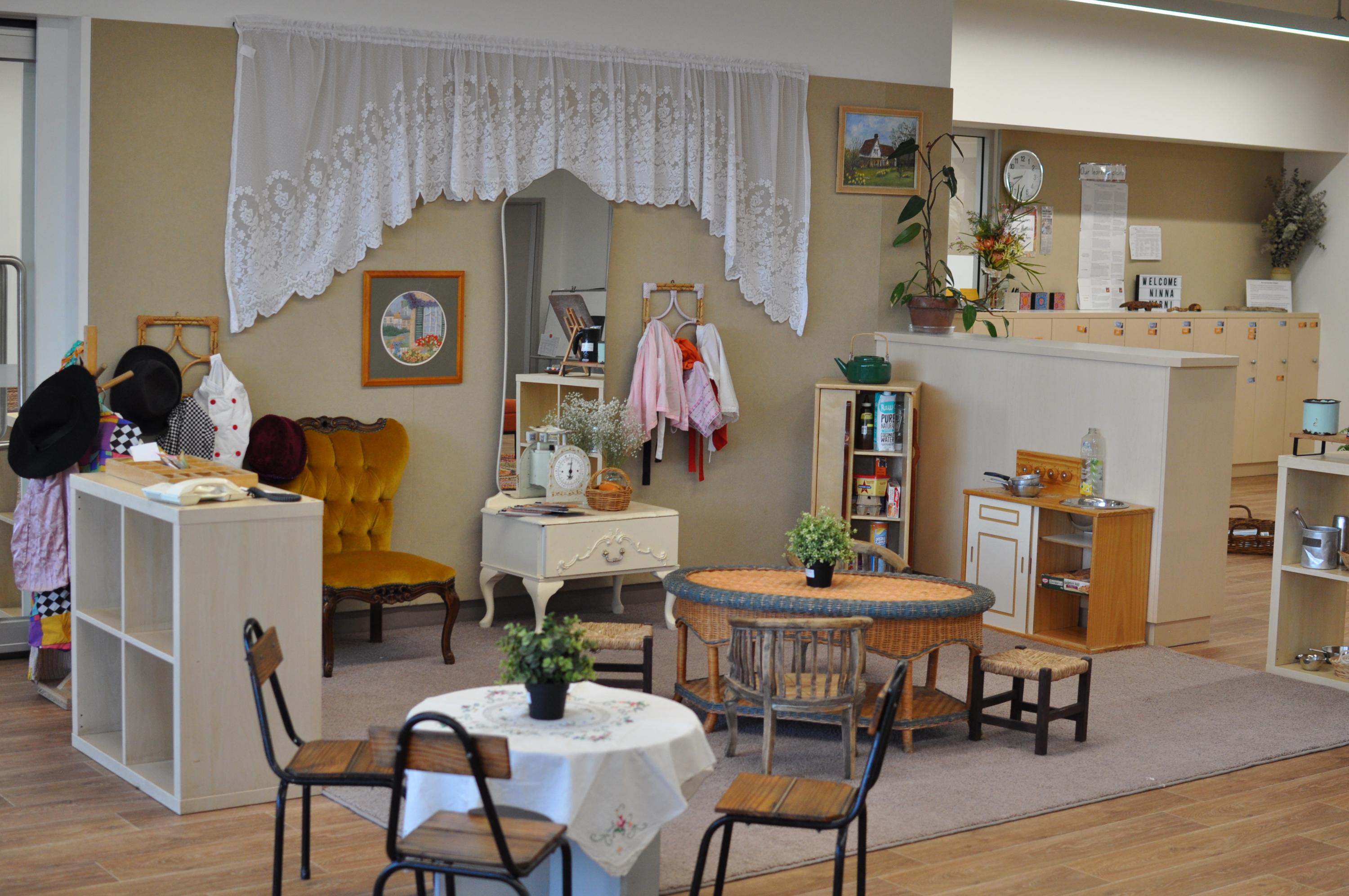Table Of Content

Thanks to Spotify, people no longer have to buy $0.99 or $1.99 songs – with a monthly subscription model that gives millions of songs on Spotify, we can search for a piece and play it. We accept payments via credit card, wire transfer, Western Union, and (when available) bank loan. Some candidates may qualify for scholarships or financial aid, which will be credited against the Program Fee once eligibility is determined. Please refer to the Payment & Financial Aid page for further information. Updates to your application and enrollment status will be shown on your account page.
Time Limits
With a focus on mapping problems, ideating for solutions, and testing for validity – design sprints are used by companies worldwide to empower users. By leveraging human-centered design in your business, you can avoid becoming another startup statistic and instead gain a competitive edge by creating products and services that customers love. The develop phase is when you combine and critique the ideas you’ve brainstormed to create a range of possible solutions. By combining and evaluating your ideas, you can better meet users’ needs and determine what you want to move into prototyping to reduce costs, save time, and increase your final product’s quality. Contact us today to create cohesive user experiences based on a human-centered creative approach. When you’re making changes to your product or service during an iteration stage or later on when you are improving the solution after launch, avoid making changes that shift dramatically from the foundation you’ve built.
Testing: The reality check
To be genuinely human-centered, design must be inclusive, catering to diverse demographics and accessibility needs, avoiding the perpetuation of societal biases. By synthesizing user needs and technological capabilities, HCD engenders products that are not just functional but also intrinsically intuitive, reducing the cognitive load on the user. Semi-structured interviews and the "Five Whys" technique are invaluable tools for unearthing the intrinsic motivations and tacit knowledge that often elude more formal research methods. User research, the first pillar, employs qualitative and quantitative methods to excavate deep-seated user needs, preferences, and behavior patterns. This encompasses ethnographic studies, contextual interviews, and even heuristic evaluations.
Case study: LinkedIn's human-centered approach to AI
If you follow a holistic design process, in theory, you won’t need to make seismic product changes, as you’ll already have built the scaffolding. Human-centered design (HCD) is a qualitative research method that helps groups solve problems and seek solutions that prioritize customer needs over a system’s needs. It’s also a design and management framework to develop solutions to problems by involving the human perspective in all steps of the problem-solving process. Learners will understand how make their ideas happen once they have the right one. They reflect on their change in thinking since the beginning of the course and reflect on what was formative in this growth. They also learn why stakeholders are important, and what stakeholders’ concerns might be.
New to UX Design? We’re Giving You a Free ebook!
He aims to empower users with an intuitive and accessible design that meets their needs and expectations. Net Solutions designed and built a nimble app for Drive Focus with technology capable of expanding beyond its original aims. The app was originally intended to be a video driving course that simulates the driving experience using interactive video. However, Net Solutions expanded the app’s features to accommodate a wider range of uses for its cognitive training technology. Airbnb revolutionized the hospitality and travel industry by embracing Human-Centered Design principles. The company recognized that many travelers sought unique and authentic experiences beyond traditional hotels.
The Human-Centered Design Process: An Overview
Select a program, get paired with an expert mentor and tutor, and become a job-ready designer, developer, or analyst from scratch, or your money back. Raven L. Veal, PhD is a design researcher at IBM Watson Health and a CareerFoundry UX Design Mentor. Her interests and areas of expertise include data-driven design, behavioral science, and digital health. To gather input from stakeholders and team players, you can host a brainstorming session with FigJam’s online collaborative whiteboard. When HelloFresh was founded in 2011 by Dominik Richter, Tobias Griesel, and Jessica Nilsson with the intention of providing healthy, fresh recipes to everyone, they were meeting a real need.
Digital, Technology, and Data

The founders wondered what consumers were having trouble with and what they wanted to change about their own experience acquiring food. Here you and your team will come up with ideas based on what you learned in the previous phase. Even bad ideas can make it to the table as they can always have the root of a good idea in it.
It incorporates perspectives from psychology, anthropology, and data science to engender simultaneously innovative and practical solutions. It obliges designers to immerse themselves in the user's world, enabling a nuanced understanding of pain points, aspirations, and contextual limitations. Emerging from the shadows of ergonomics and cognitive psychology, Human-Centered Design came into prominence in the late 20th century. The difficulties of the Information Age, marked by an unprecedented explosion of digital interfaces, needed a design approach that transcended mere functionality and delved into user satisfaction and inclusivity. CareerFoundry is an online school for people looking to switch to a rewarding career in tech.
Usability: The end goal
Human-centric design: How to plan for people? - Parametric Architecture
Human-centric design: How to plan for people?.
Posted: Sat, 21 Oct 2023 07:00:00 GMT [source]
For example, think about building virtual microcommunities—small, geographically diverse groups sharing a common interest—to foster a sense of familiarity, personalization, and connectedness. And explore how you can adapt your social marketing strategies to nurture and support a feeling of community. Out of necessity, organizations are pushing digital channels in new and more ambitious directions—a trend that, if anything, will only increase. But as our interviews showed, this effort often results in a user experience that doesn’t quite match the face-to-face interactions it replaces.
This approach enhances effectiveness and efficiency, improves human well-being, user satisfaction, accessibility and sustainability; and counteracts possible adverse effects of use on human health, safety and performance. Each lesson will build upon another to expand your knowledge of human-centered design and provide you with practical skills to make a difference in the world. Human-centered design is vital because it ensures that we create solutions tailored to human needs, cultures, and societies. It is a discipline that emphasizes a people-centric approach, solving the right problems, recognizing the interconnectedness of everything, and not rushing to solutions. It involves working with multidisciplinary teams and experts, and most importantly, it has to come from the people, embracing a community-driven design approach. This approach is a subset of humanity-driven design, which aims to address the major challenges humanity faces and, ultimately, save the planet.
Lastly, implementation is about delivering a refined version of a design into the world. It includes telling the story of your design through marketing or storytelling, launching a pilot, and implementing a business model to sustain what you have made. Continuous measurement during this phase allows organizations to evaluate, modify, or expand product features in order to create more value.
Through the gathered data, learners collaborate regarding needs to be interpreted and methods for doing so. Using one of the methods, learners arrive at a problem statement to address in the next module. Finally, learners use their naïve solution and individual goals to reflect on the value of design thinking and how it might apply to their daily work. In a human-centered design process, teams keep key customer problems (aka careabouts) top of mind. This helps companies continuously improve product functionality, easing user pain points and enhancing the overall experience.
Our diverse, global teams bring deep industry and functional expertise and a range of perspectives that question the status quo and spark change. BCG delivers solutions through leading-edge management consulting, technology and design, and corporate and digital ventures. We work in a uniquely collaborative model across the firm and throughout all levels of the client organization, fueled by the goal of helping our clients thrive and enabling them to make the world a better place.
What kind of data should private- and public-sector entities be able to collect? How can individuals trust businesses and government to protect their personal information? There were no easy answers and certainly no consensus, and the pandemic is shining an even stronger spotlight on these issues. Some countries are using sophisticated technologies—many of which collect personal data—to track, trace, and reduce infections. While some participants in our interviews expressed concern about the invasive nature of these technologies, others said they were willing to give up some privacy in order to ensure personal and community safety.
For other trends, such as heightened community awareness and greater connectedness, it’s a harder call. A heightened sense of community brings empathy and altruism to the fore. We found that people are increasingly aware of—and concerned about—the financial, physical, and emotional health of others in their communities. Many of our interviewees said the pandemic has triggered a rise in altruism and empathy—in particular, a greater appreciation for essential workers and the elderly. This heightened sense of community, which extends beyond geographical boundaries, can be seen in the nightly cheering from apartment windows and in organized drives to supply health care workers with personal protective equipment. Some businesses have been particularly proactive—and successful—in creating robust and convenient online channels.









